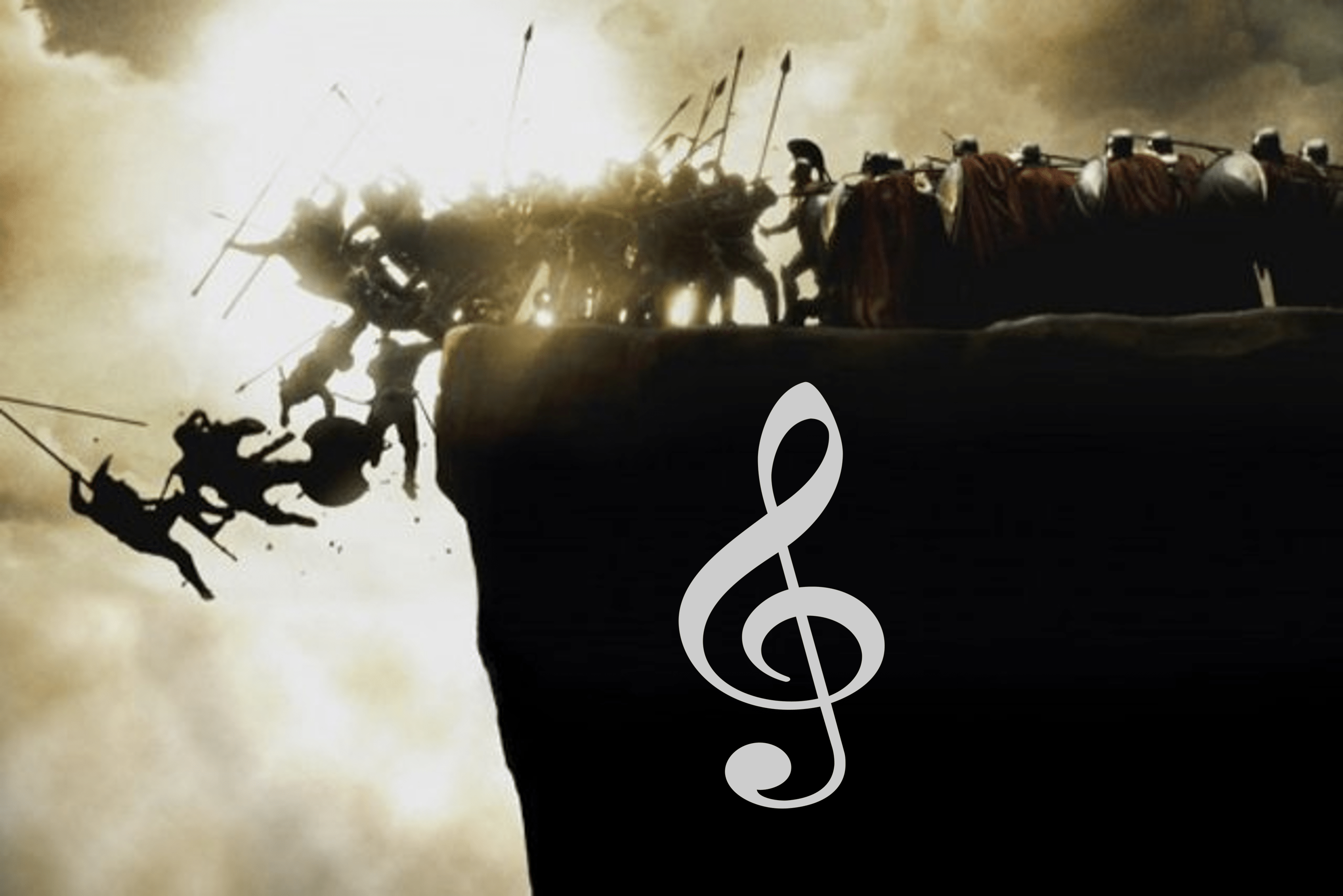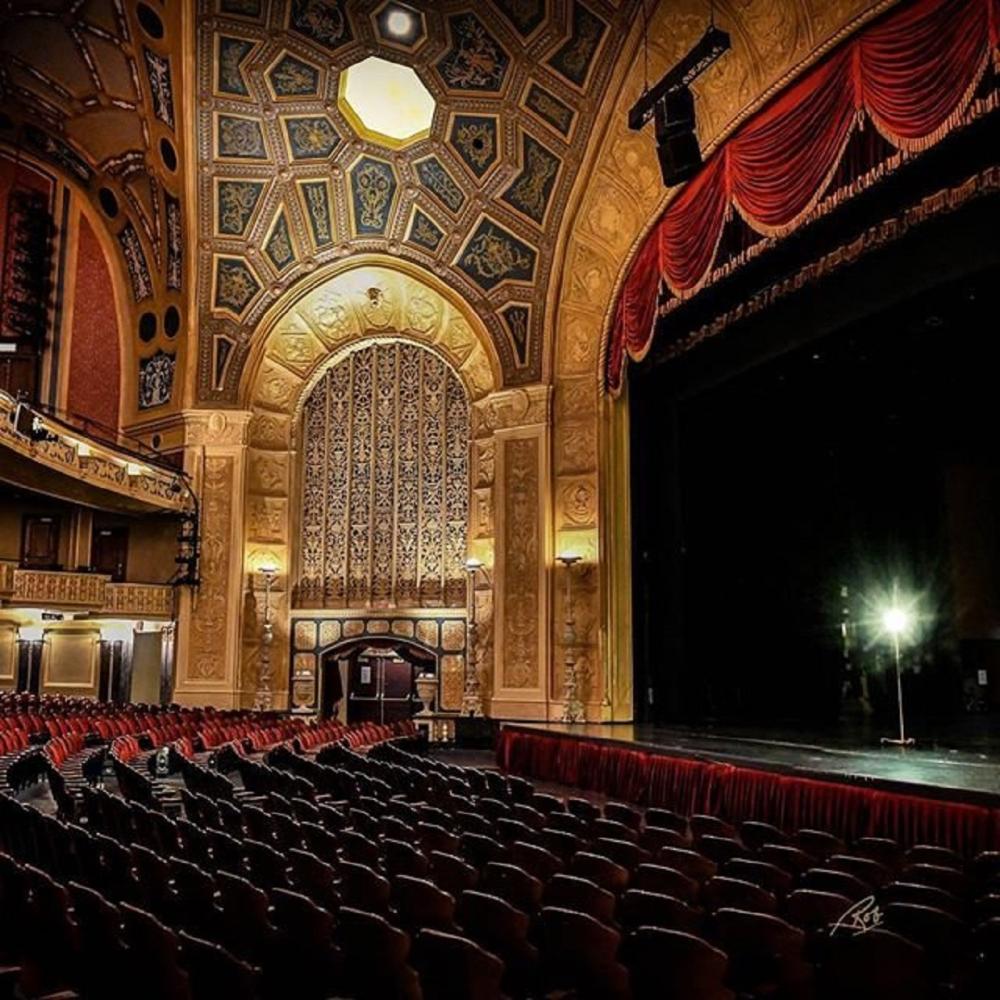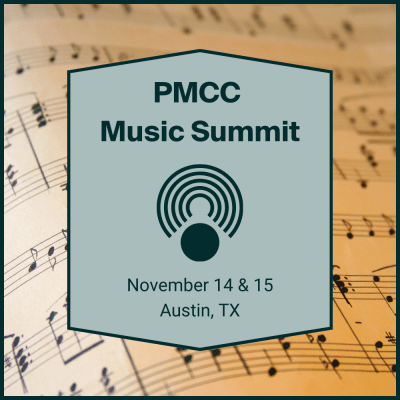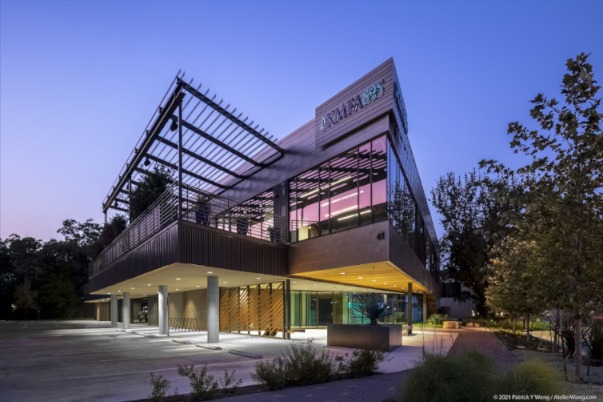
If you didn’t read today’s blog post headline carefully, it might seem like today’s installment is another repeat of Fred talking about the aging Classic Rock format, and what stations can do to stave it off.
But no, that’s not what today is about. While many formats and radio platforms are pushing back against the inevitable aging process, there’s an unlikely one that is using innovation to attract younger demographics:
Classical
Over the decades, the original “long hair” format has battled revenue and audience challenges, often in frustration. As a format, Classical is all but extinct in commercial radio. In public radio, however, the format is alive, well, and showing signs of vitality. As radio listeners increasingly feel compelled to escape a vicious and highly contentious news cycle, many escape to the calm, often soothing sounds of Mozart, Mendelssohn, and Mahler.
Whether it’s on the radio airwaves or in the performance halls, Classical is showing how experiences and creativity can work together to reverse a trend. I personally started getting the message a few years back in Boca Raton when I experienced the city’s symphony playing the Henry Mancini-written soundtrack of The Pink Panther while the film itself ran on a giant screen behind the players. It was fun, inspiring, and very entertaining.
These shows have been staged for many years, often showcasing the most popular films of all time – like Star Wars. Many of us were first exposed to Classical in films and even in cartoons.
And then there’s the Detroit Opera. A story in Crain’s Detroit Business by Sherri Welch chronicles the attempts of this storied opera company to help reverse the demographic trends. One way they’re bringing younger patrons to their performances is to not overly emphasize subscriptions to the opera (the same model many public and Christian radio stations prefer).

Instead, the Detroit Opera is leaning into young customers who impulsively purchase tickets for a single show. They might not want to buy an entire season’s worth of performances, but they will go to a one-off event if it appeals to them. (Maybe there’s a message here about young listeners not wild about becoming public radio “sustainers.”) It’s another way to “meet the audience where they are,” according to the company’s President/CEO Patty Isacson Sabee:
“What we’re trying to do is bring people to the opera in whatever way they want to come. It’s great if they subscribe. It’s also great if they just buy one ticket or one ticket at a time … our metric of success is if we can grow the audience, diversify the audience, have a bigger impact.”
Sounds like a smart radio strategy, too.
In collaboration with researcher Mark Ramsey, Jacobs Media has been working on identifying “next adjacent” opportunities for both public radio and classical stations. It looks like the classical and opera communities may be ahead of the curve.
Isacson Sabee refers to her organization’s effort as the “opera adjacent” experience, a model she worked to perfection in the Pacific Northwest during her two-plus decades with the Seattle Symphony and Seattle Opera.
Her concept is to mix up the Classical experience to insure there’s “something for everyone.” In radio parlance, it’s akin to “more variety.” Isacson Sabee says it is about expanding both main stage and dance performances to create wider appeal for more diverse audiences. Here’s the Detroit Opera’s season brochure, reflecting the mix of different on-stage entertainment:
Isacson Sabee’s programming philosophy sounds like something a smart GM might say:
“We think about all the different variety there is within the repertoire and all the different ways for people to enjoy a 400-year-old art form.”
Somehow, that makes Classic Rock – a 60-year old genre – sound almost young and immature.

Isacson Sabee’s program director…er, artistic director, Yuval Sharon, are on the same page, who even used the venue’s parking garage during COVID as a venue. Rather than the “seasonal engagement” concept that young people tend to reject, the opera company is focused on impulse, for the moment productions.
Again, that’s how great radio stations have traditionally planned out events and promotions. There are the mainstays you plan for, and the ones that are more spontaneous, connected to what’s going on in the community – or the world – in that moment in time.
The Detroit Opera is also working with even younger concert-goers in a pre-K and elementary arts initiative. Its storybook opera program is being taken to area schools as well as to online programs.
They’re even extending the power of the music to healing, collaborating with medical organization Henry Ford Health’s cancer institute. It’s just another way of demonstrating the power, depth, and resilience of this amazing body of music.
But far from Detroit, there’s an even more famous classical organization stealing a page from music radio, instituting “requests.” That’s the concept of the Festival Orchestra of Lincoln Center in New York City.
radio, instituting “requests.” That’s the concept of the Festival Orchestra of Lincoln Center in New York City.
They’ve packaged their version of the “request-athon” as the “Symphony of Choice,” a way to give their fans a voice in what the symphony performs. And the tastes of the people surprised even jaded music critics like The New York Times’ Zachary Wolfe who must have been expecting they’d ask for Beethoven’s 5th or Handel’s “Messiah” – the classical equivalents of “Free Bird” and “Stairway to Heaven.”
How did the symphony take fan requests? Wolfe explains it was a clever “crowdsourced popularity contest.” That is, they used hooks from symphonies just like you would in a gold music test for a Country or Hot AC station:
“The orchestra played snippets of two symphonic movements without announcing the piece or composer, and the audience voted by cellphone. The winning movement was then played in its entirety.”
 Sounds like one of those Coleman F.A.C.T. tests, except they conducted the voting over three rounds to create what Wolfe calls a “Frankensymphony” that combined the winning “hooks” – sort of like a mashup from different composers and a diversity of pieces.
Sounds like one of those Coleman F.A.C.T. tests, except they conducted the voting over three rounds to create what Wolfe calls a “Frankensymphony” that combined the winning “hooks” – sort of like a mashup from different composers and a diversity of pieces.
And to attract a wide swath of attendees, Lincoln Center provides a “choose-what-you-pay” admission price, a smart gimmick that probably helped attract “a healthy mix of young and old” attendees, precisely what they were going for. (Wolfe himself says he only contributed $5 while the suggested contribution was a more than reasonable $35. C’mon, Zachary, for someone who gets in free to everything else, you can do better than that!)
All this innovation from disparate fine arts organizations should give Classical radio “permission” to be more experimental on and off the air, creating exciting events, bringing listeners into a station’s music selection, inviting them to the station, working with local schools, and programming features that are engaging and entertaining.
To that end, classic programmers and managers in public radio can hash out these tactics and strategies in Austin this November. PMCC – the Public Media Content Collective – is organizing a two-day gathering specifically for public radio music stations on November 14-15.
strategies in Austin this November. PMCC – the Public Media Content Collective – is organizing a two-day gathering specifically for public radio music stations on November 14-15.
The event will be held at the amazing headquarters of KMFA, Austin’s beloved Classical music station. Its 18,000 square foot facility also houses the amazing Draylen Mason Music Studio.
 Paul and I visited the station early this year, and I can tell you it is unlike any broadcast facility you’ve ever seen. It will be a memorable conference for the public radio mavens in attendance.
Paul and I visited the station early this year, and I can tell you it is unlike any broadcast facility you’ve ever seen. It will be a memorable conference for the public radio mavens in attendance.
The agenda is all about serving noncommercial music audiences, and how stations can deliver better experiences and build their local brands. More information and registration info is here.
Broadcast radio’s music stations still have a chance to create and innovate, especially when they’re focused on their local markets and hometown communities.
We are working on the results of our new Public Radio Techsurvey, now out of the field. Stay tuned for details on our free presentation webinars. We are working on developing insights from the data specific to public radio’s music stations.
Any requests?
- The Rock Hall’s Most Egregious Snub Yet? - May 16, 2025
- Attention Tech And Entertainment Writers: Don’t Mess With Radio! - May 15, 2025
- 3 Socio-Economic Shifts Every Radio Programmer And Seller Should Be Aware Of - May 14, 2025




Yes. A request for the overly educated musicologists to get away from programming classical music. Boomers grew up hearing classical music, including Disney and cartoons! I’d love to hear familiar classical from radio with intellegent conversation and news you can use.
Maybe there’s a format here, Clark!
This was the goal of the late, lamented WNCN in NYC. I was APD/on air there from 1991-93 and we had a “no weenies” policy. Most of us had come from mainstream radio, including our PD, Mario Mazza. We were the “classical alternative” to the stuffy, secret handshake competition, the lauded WQXR, then owned by the NY Times. WNCN was basically a Hot AC that played classical music. We played the hits and presented them in a friendly, fun and upbeat manner. Pop culture references brought new listeners in. We did features like “Rock Classics” where we’d play a bit of a rock/pop hit that was influenced by a classical piece, followed by the whole classical work. Opera was off limits, except for a feature called “Dons & Divas” which featured one famous aria sung by a famous artist. It was usually connected to what was going on at The Met or NYC Opera. Carnegie Hall called on us for subscription drives to bring in younger listeners. The late Peter Jennings hosted a three hour live broadcast from Carnegie Hall to pump up the new season. Classical is still a viable format. As Clark said above, let us radio people who know the music program the format for the average listener who doesn’t know the music, but likes what they hear.
P.S. Some of those hip classical segments are on my Soundcloud page: https://soundcloud.com/vinny-marino
I love the position: a Hot AC that played classical music. (Why wouldn’t this work in a major market?)
This is a great blog post, Fred, and I don’t say that just because I spent most of my first four years in radio as the producer of a nightly four-hour Classical program in my hometown market.
What jumped out at me, though, was your side remark about the Detroit Opera focusing on single event ticket buys in their marketing. I know a lot of people who listen to public radio … but avoid it like the plague during pledge drives. I think those stations’ decision makers should be reading today’s post.
The other thing that should be a takeaway for all of us is that special features or programs, if done well — and PROMOTED well — can be a big help in attracting (and keeping) listeners. I especially appreciated Vinny Marino’s recollection of WNCN some three decades ago. Very enlightening!
Fred, I remember when our long-lived WQRS (105.1) flipped from the aria of “Madame Butterfly” into “Closer” by the Nine-inch Nails! Tim Kiska of the Detroit News, called me to say “Art they are pissing on this community!” VP/GM Tom Bender said “It was a business decision.” Yup there are only a handful of classical choices. Here in Southeast Michigan it’s only available on non-com’s like WRCJ (90.9), part of Detroit Public TV and Michigan State’s WKAR (90.5). I my humble opinion, there are only a few commercial classical FM’s left including: WQXR (105.9) New York, WFMT (98.7) Chicago and the venerable KING-FM (98.1) in Seattle. You’re right Fred, classical WAS radio’s original “long-hair” format!
Indeed, Art. And thanks for reminding me of that career “highlight” on WQRS. What a weird time THAT was.
Can’t help but remember a great line used by a local classical music station: “The top 400 hits of the last 400 years!” Just a great way to make classical music feel a little less stuffy and a little more accessible. And great call letters (out of Mexico), XLNC – or “Excellency”! You gotta love creative radio–in ANY format!
You do, indeed, David. Would love to hear those promos!